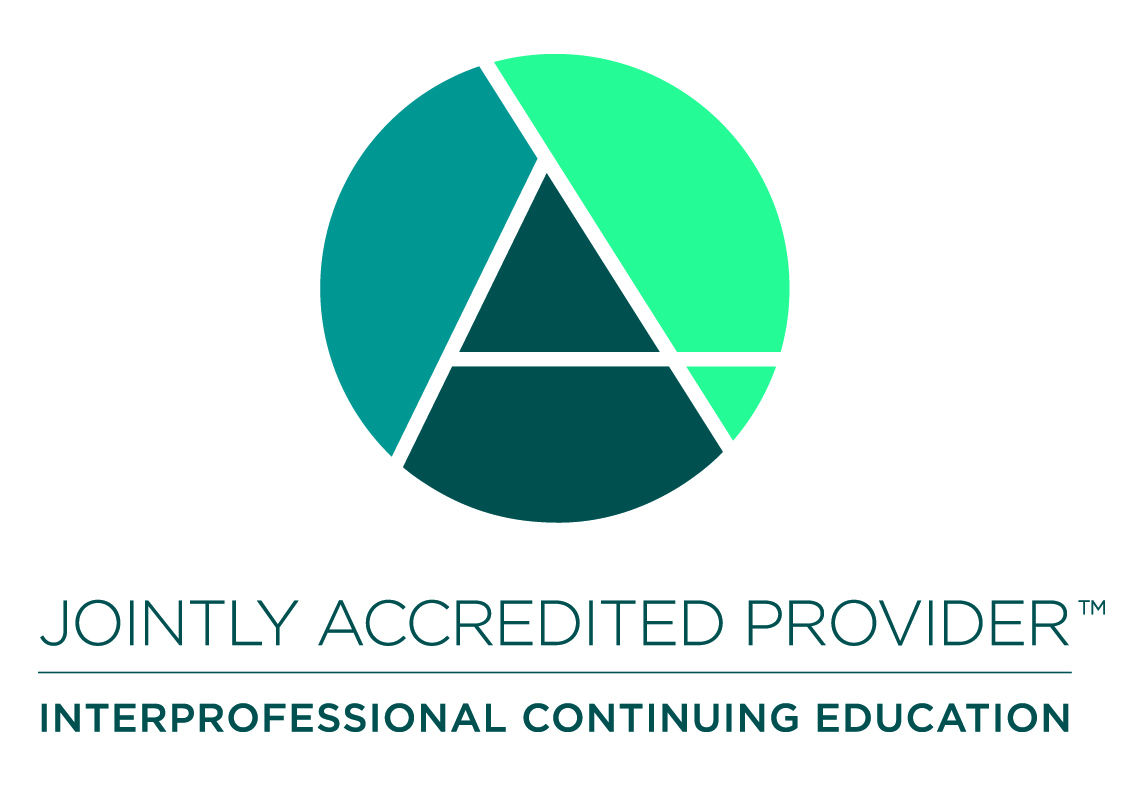
0288_SHU_Critical Care Transition in Practice_Live - Cohort 24.07
Description:
This is an intensive program focusing on patient presentations and critical situations common to the Critical Care/Intensive Care Unit (ICU). Using active learning strategies, the program will offer multiple modalities of instruction, including self-directed learning activities, interactive lecture, case studies, discussion and reflection, hands-on skills practice, simulation, and problem solving. Participants will spend ten 8-hour days in person and two 4-hour virtual days to accomplish specific objectives and each day will end with time for self-reflection and evaluation.
Target Audience
Nurse, Registered (RN
Learning Objectives
After Attending this Activity, Learners Should be Able to:
• Identify ICU-specific scales for assessing pain and sedation
• Discuss the importance of medication safety
• Utilize a consistent and systematic approach to assessment of critically ill patients
• Uncover assessment priorities for different types of assessment; pre-arrival assessment, admission assessment, doorway assessment, and focused assessment.
• Explain resuscitation in a hemorrhaging patient and important considerations
• Interpret common lab value abnormalities, including CBC and CMP
• Verbalize the priorities for a patient who is a potential donor
• Discuss how to contact Donor network
• Discuss strategies for nurse retention and personal resilience and satisfaction
• Summarize resources for life-long learning such as the offerings of the AACN and requirements to take the CCRN exam
• Demonstrate how to perform a neuro assessment and evaluate assessment findings that require immediate intervention
• Outline the treatment plan for a patient with an ischemic or hemorrhagic stroke, seizures, and increased intracranial pressure • Identify common heart rhythms and dysrhythmias, including those found on a 12-lead ECG
• Discuss the etiology, pathophysiology, clinical presentation, patient needs and principles of management of patients in heart failure, cardiomyopathy, shock, and hypertensive crisis
• Identify common complications and complication management for patients with a STEMI • Demonstrate how to safely manage a PA Catheter and interpretation of waveforms for CVP, RAP, RVP, PA Pressure, and PCWP
• Explain the use of medications used to improve CO and increase/decrease Preload/Contractility/afterload
• Identify common types of shock (hypovolemic, cardiogenic, obstructive, and neurogenic) seen in critical care • Review the pathophysiology and etiology of common types of shock
• Interpret blood gas results for acid base and oxygen abnormalities
• Discuss the nursing care and management of the mechanically ventilated patient
• Demonstrate priorities of care of a patient with respiratory distress, respiratory failure, and ARDS
• Summarize considerations in caring for a patient with renal failure in critical care, including pre-, intra-, and post-renal failure
• Compare and contrast different patients with complaints of abdominal pain
• Differentiate between upper and lower GI bleeds • Explain the care and considerations of a post-partum patient
• Recognize potential complications of pregnancy and deliver including: prolapsed cord, pp hemorrhage, pre-eclampsia, miscarriage, placenta previa, abruptio placentae
• Identify the four components of the 3-hour Sepsis bundle and the 2 items of the 6-hour sepsis bundle as described by the Surviving Sepsis Campaign guidelines
• Discuss the care and hemodynamics for patients with different stages of Sepsis
• Assess a standardized patient exhibiting signs and symptoms of delirium, identify predisposing and precipitating risk factors, and make care recommendations from the perspective of the interprofessional team to minimize the likelihood of death or severe long-term morbidity.
Assembly Bills 1195 & 241- Culturally Appropriate Care which is Free of Implicit Biases:
Learners are strongly encouraged to engage in self-directed learning related to the impact of implicit biases in this clinical area via the references provided below:
- Ramadurai, D., Kohn, R., Hart, J., Scott, S., & Kerlin, M. (2023). Associations of race with sedation depth among mechanically ventilated adults: A retrospective cohort study. Critical Care Explorations; 5(11): e0996. https://journals.lww.com/ccejournal/fulltext/2023/11000/associations_of_race_with_sedation_depth_among.4.aspx?context=latestarticles
- Jin, R., Anaebere, T., & Haar, R (2023). Exploring bias use in restraint use: Four strategies to mitigate bias in care of the agitated patient in the emergency room. Focus; 21(1): 100-105. https://doi.org/10.1176/appi.focus.23022007
- McPeake, J., Boehm, L., Hibbert, E., Hauschildt, K., Bakhru, R., Bastin, A., Butcher, B., Eaton, T., Harris, W., Hope, A., Jackson, J., Johnson, A., Kloos, J., Korzick, K., McCatrney, j., Meyer, J., Montgomery-Yates, A., Quasim, T., Slack, A., Wade, D., Still, M., Netzer, G., Hopkins, R., Mikkelsen, m., Iwashyna, T., Haines, K. & Sevin, C. (2021). Modification of social detemrinants of health by critical illness and consequences of that modification for recovery: An international qualitative study. BMJ Open; 12(9). http://dx.doi.org/10.1136/bmjopen-2021-060454
- Alspach, J.G. (2018). Implicit bias in patient care: An endemic blight on quality care. Critical Care Nurse, 38(4), 12-16. https://doi.org/10.4037/ccn2018698
Disclosure of Financial or In-Kind Commercial Support & Conflict of Interest
No one involved in the planning or presentation of this educational activity have any relevant financial relationship(s) to disclose with ineligible companies whose primary business is producing, marketing, selling, re-selling, or distributing healthcare products used by or on patients. No financial or in-kind commercial support was received to produce or promote this educational activity.
– Provider Designee/Verification: Kerri Maya, PhD(c), MSL, RN, NPD-BC
Accreditation:

In support of improving patient care, Sutter Health, is jointly accredited by the Accreditation Council for Continuing Medical Education (ACCME), the Accreditation Council for Pharmacy Education (ACPE), the American Nurses Credentialing Center (ANCC), and the Association of Social Work Boards (ASWB) to provide continuing education for the healthcare team.
Credit Designation Statement
Sutter Health designates this LIVE activity for a maximum of 72.25 continuing professional development contact hours for nurses. Learners should claim only the credit commensurate with the extent of their participation in the activity.
Note to Other Disciplines: AMA PRA Category 1 Credits HOURS™ Continuing Medical Education is acceptable for meeting the continuing education requirements for Pharmacists, Physician Assistants, Psychologists, Registered Nurses, and Respiratory Care Practitioners. For other disciplines, please check with the regulatory board for your discipline to confirm what type of credits meet the continuing education requirements. Continuing education hours for nurses accredited by ANCC, via Joint Accreditation.
Attendance & Credit Claiming
Text the 6-letter attendance verification code to (916) 866-7913 to claim credit.

 Facebook
Facebook X
X LinkedIn
LinkedIn Forward
Forward